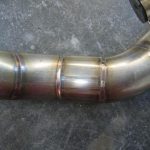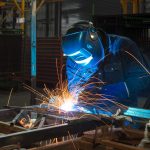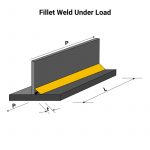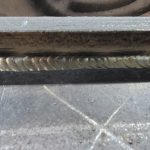Weld testing occurs via non-destructive examination (NDE) by a variety of means. NDE, also known as non-destructive testing (NDT), examines materials, components, and welds in such a way that their properties and usefulness remain unchanged. In this article, you will learn the methods of weld testing, equipment, and standards.
Methods
Welds incur tests by destructive and non-destructive techniques. Non-destructive testing makes up the large majority of production tests. The most common non-destructive tests to check welds are visual inspection, liquid penetrant, magnetic particle, radiography, and ultrasonic.
Visual Testing (VT)
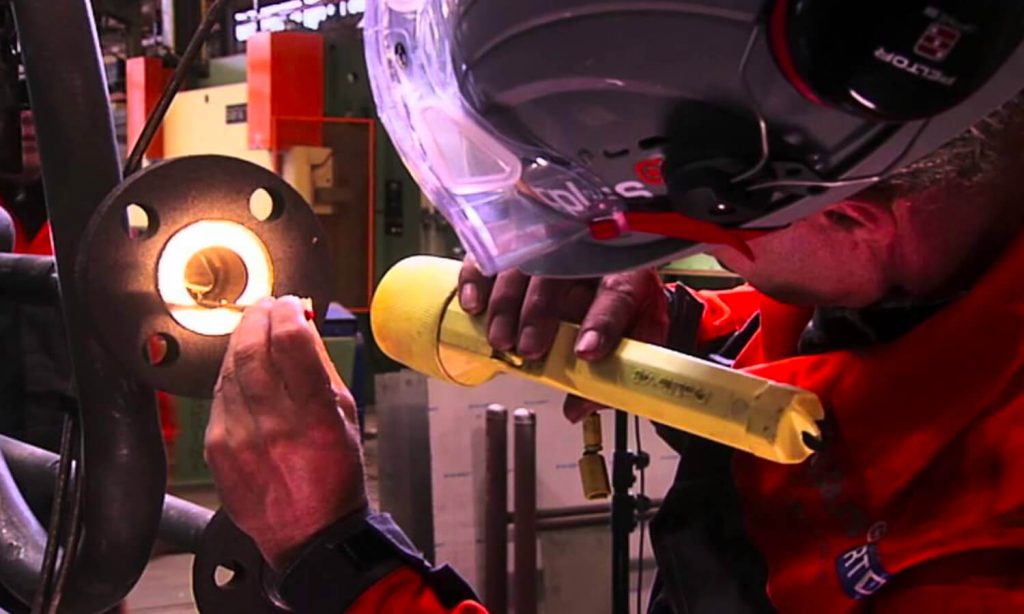
Visual inspection is the most cost-effective method because it requires no equipment. All welded joints require a visual inspection as it is the quickest way to spot poor weld quality.
Liquid Penetrant Testing (LT)
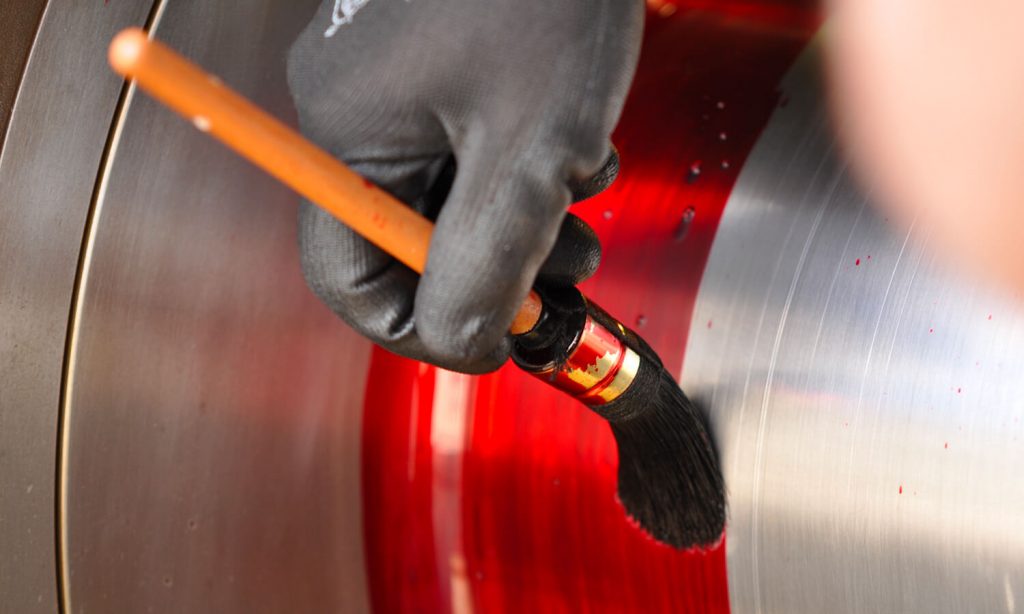
Liquid penetrant testing (LT) coats the subject material with a liquid or fluorescent dye solution. The operator removes the dye and applies a developer. The developer draws out any defects in the material, allowing them to saw quickly. aLT identifies surface-level deficiencies only and applies to all types of materials. Fluorescent dyes use ultraviolet radiation and detect more minor discontinuities than liquid dyes. Liquid paints do not require darkness, making them a more versatile option.
Magnetic Particle Testing (MT)
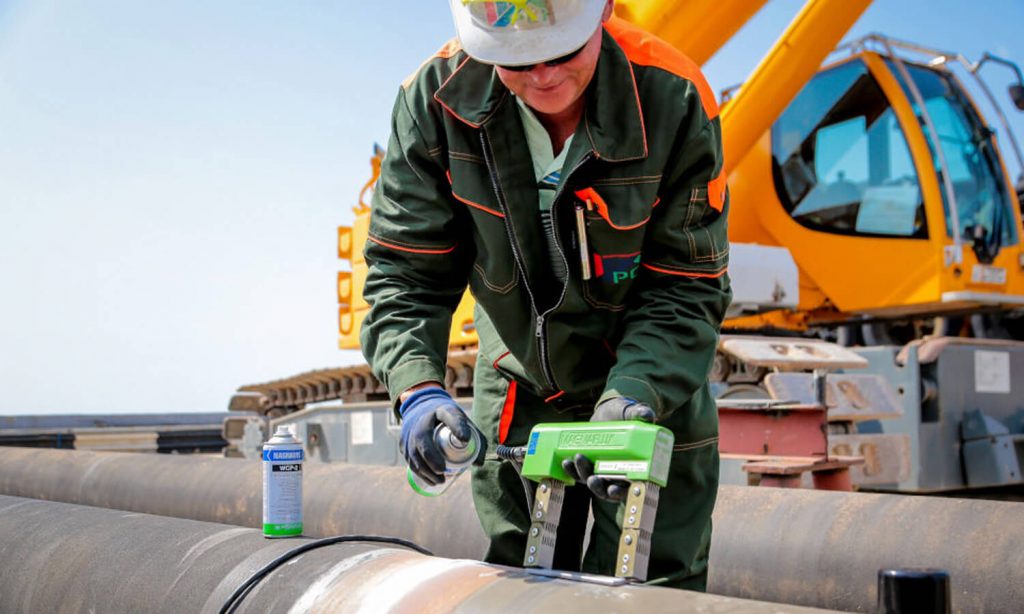
Magnetic particle testing (MT) identifies defects (such as cracks) at or near the surface of metals. This method uses ferrous magnetic shavings coupled with the application of a magnetic field. When magnetic flux encounters shavings, discontinuities in the flux pattern reveal defects. MT applies only to ferrous materials and detects defects near the surface in addition to surface-level defects.
Radiographic Testing (RT)
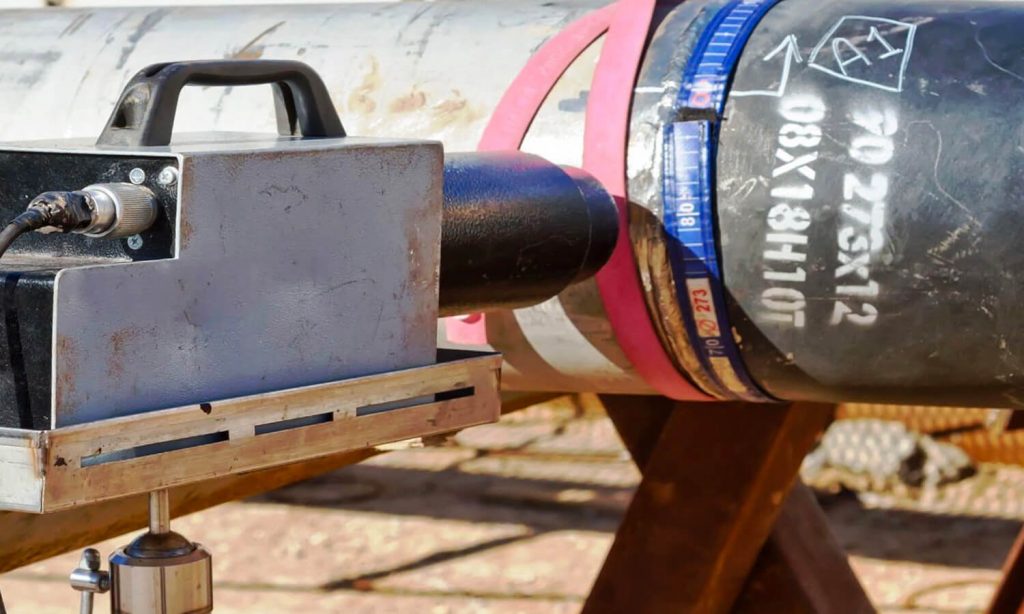
Radiography (RT) uses radioactive isotopes to determine the internal soundness of welds. Radiography provides a permanent film record of weld quality. It locates leaks in welds and nonferrous materials where magnetic particle inspection would be useless. This testing method usually requires access to both sides of the welded joint. Although a slow and expensive process of nondestructive testing, RT remains one of the most highly valued, versatile, and widely accepted of all methods.
Ultrasonic Testing (UT)
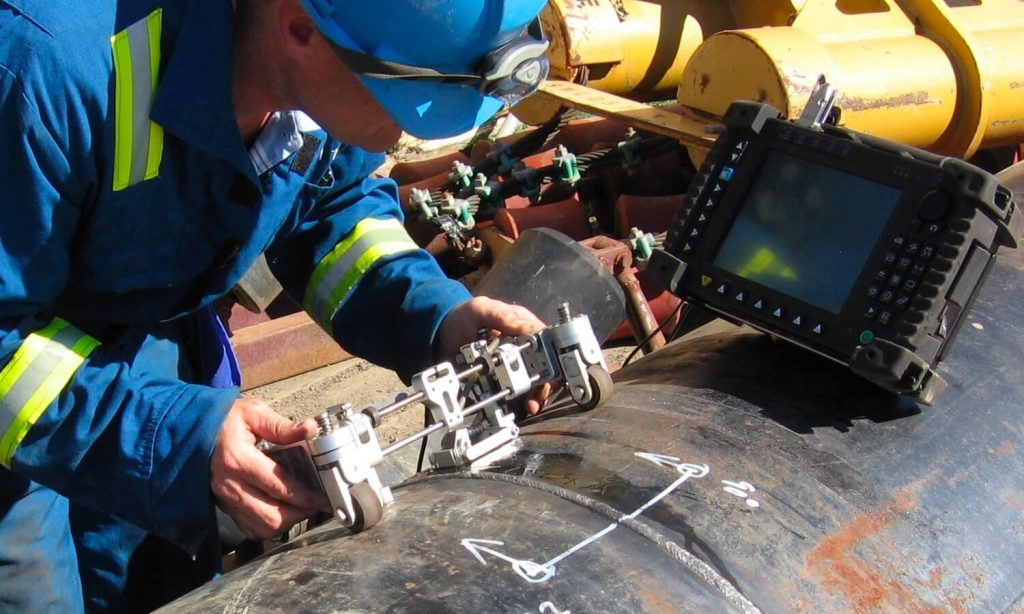
Ultrasonic testing (UT) uses high-frequency sound waves to detect imperfections in metal materials and changes in the material’s qualities that could lead to difficulties or failure of the component undergoing testing. This method locates both surface and subsurface metal defects, including flaws too small to be seen by other methods. UT determines the exact position in a weld and works for both ferrous and nonferrous materials. It commonly tests thicker sections accessible from one side only and detects more delicate lines or plainer defects that may not as readily detected by radiographic testing.
Visual inspection, liquid penetrant, magnetic particle, radiography, and ultrasonic testing each have an appropriate time for use. Knowing the practical applications of each test allows equipment providers to ensure work meets specifications and quality standards.
Equipment
Visual Testing Equipment
Boroscope
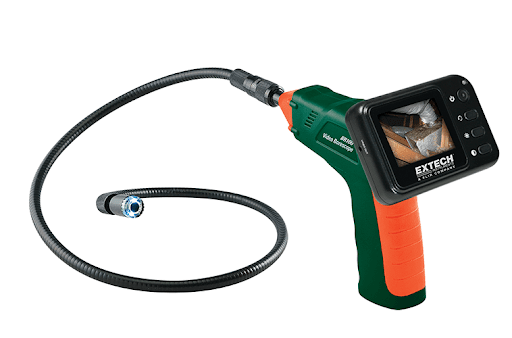
An optical tool uses to view areas that would otherwise not be visible—a borescope place into the thing under investigation without harming it.
Fiberscope
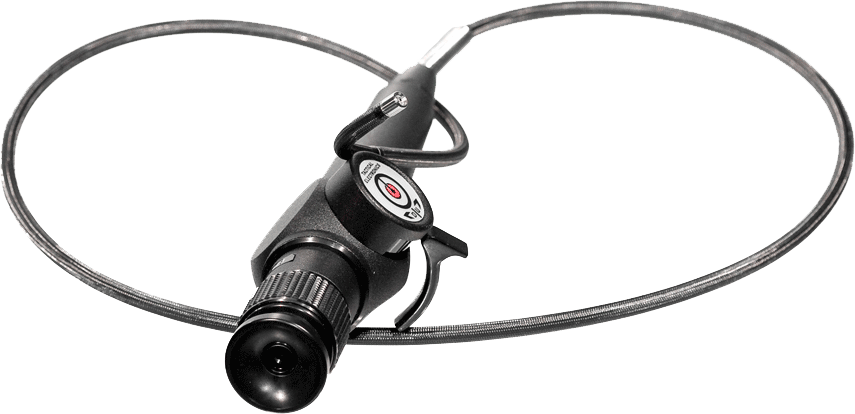
A flexible optical fiber bundle with an eyepiece on one end and a lens uses to observe and check small, hard-to-reach areas such as machine interiors, locks, and the human body.
Pan-Tilt Zoom Cameras (PTZ)
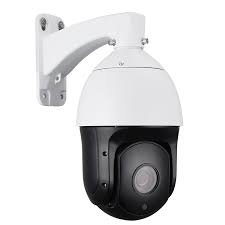
This is a camera that is capable of remote directional and zoom control. PTZ Cameras uses in surveillance, video conferencing, live production, lecture capture, and distance learning.
Liquid Penetrant Equipment
Modular Penetrant Equipment
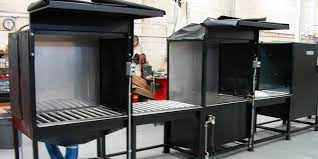
This modular penetrant equipment design makes it simple and cost-effective to build the right equipment for every process. Including water wash, lipophilic and hydrophilic LPI testing, while also conforming easily to fit the required workflow and available floor space a straight line, U-shaped and L-shaped designs.
Fluorescent Penetrant Testing Equipment System
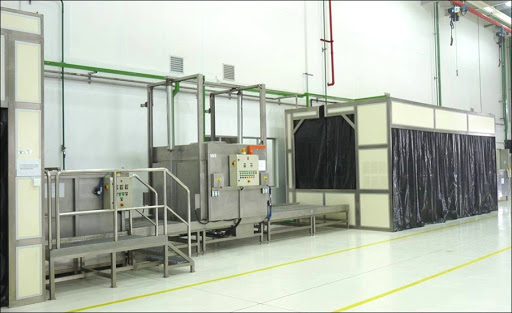
These systems are compact fluorescent penetrant inspection systems for batch and low volume inspection of small to medium-sized parts, including aerospace fasteners, automotive parts, and surgical implant inspection.
Magnetic Particle Testing Equipment
Horizontal MPI Machine

The most prevalent type of mass-production inspection machine is a wet horizontal MPI machine. Placing the part in the machine’s head magnetizes it. An induction coil placed between the head and tailstocks modifies the magnetic field’s orientation by 90 degrees from the headstock.
Mobile Power Packs

Portable power packs are custom-built magnetizing power supplies used in wire wrapping applications.
Magnetic Yoke
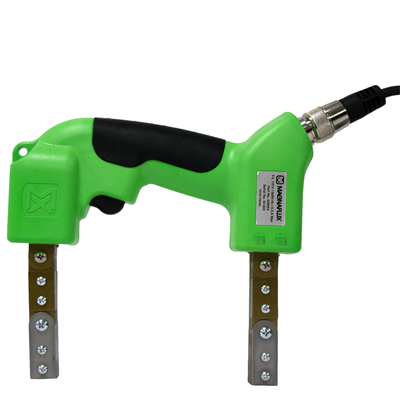
A magnetic yoke is a device that creates a magnetic field between two poles. Outdoor use, isolated areas, and weld inspection are all standard applications. Magnetic couplings have the disadvantage of only inducing a magnetic field between the poles, making large-scale inspections with the device time-consuming.
Radiographic Testing Equipment
Gamma Ray Projectors
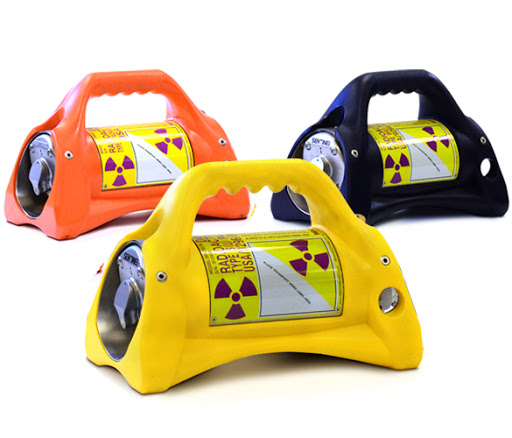
Portable and light industrial radiography devices are gamma-ray projectors. Made up of a projector that can hold an Iridium 192 source with a range of 100 to 150 Ci.
X-Ray Generators
A device that creates X-rays is known as an X-ray generator. Utilize commonly in a range of applications, including medicine, X-ray fluorescence, electronic assembly inspection, and material thickness measuring in manufacturing operations when combined with an X-ray detector.
Computed Radiography

The use of photostimulable phosphor as an image receptor is known as computed radiography (CR). The image receptor houses in a shell similar to that of a typical film screen (cassette). Through the technique of photostimulable luminescence, computed radiography uses the absorption of radiation to trap electrons at specific energy levels.
Ultrasonic Testing Equipment
Piezoelectric Transducer
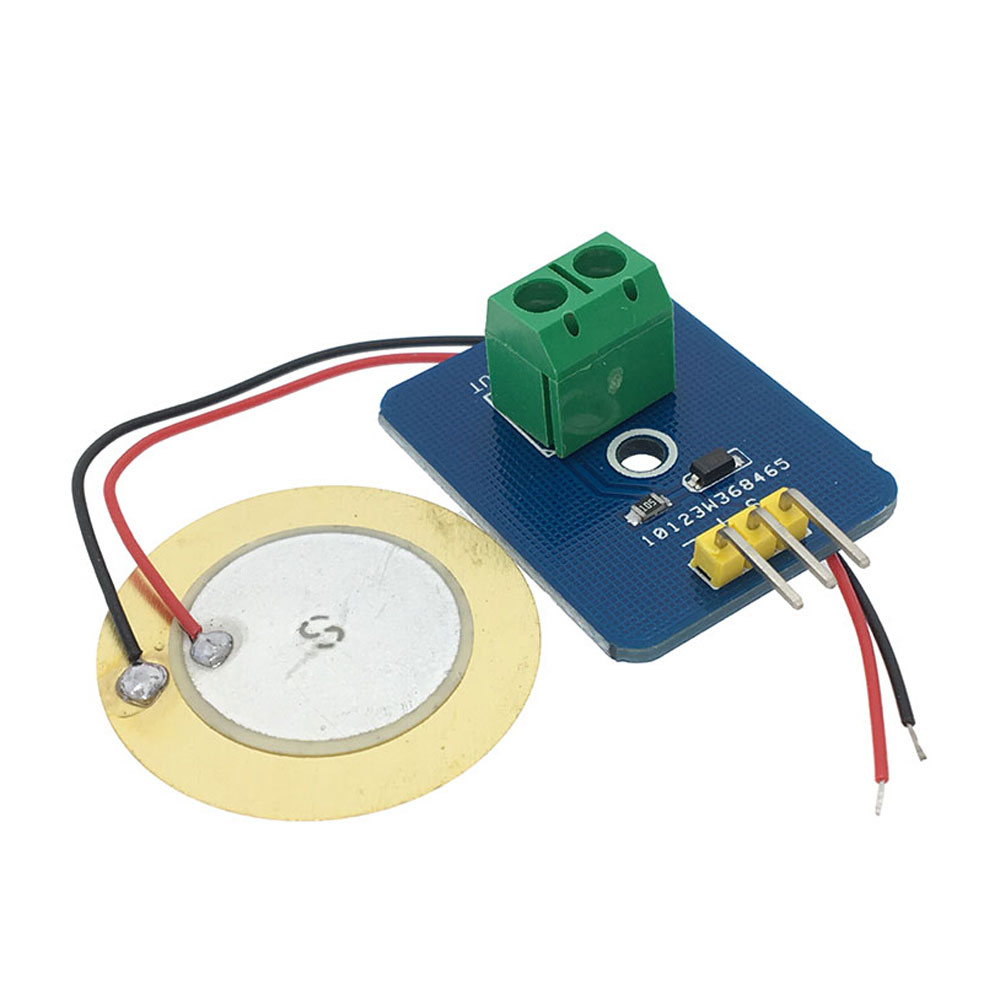
Piezoelectric transducers are electroacoustic transducers that convert the electrical charges generated by some solid materials into energy. The term “piezoelectric” literally means “pressure-induced electricity.”
Standards
ISO 17635:2016 Non-destructive testing of welds — General rules for metallic materials
Based on quality criteria, material, weld thickness, welding process, and testing scope, ISO 17635:2016 provides guidelines for selecting non-destructive testing (NDT) methods for welds and evaluating the findings for quality control reasons.
In addition, ISO 17635:2016 offers broad norms and standards to be applied to various forms of testing, whether for methodology or acceptability levels for metallic materials.
Acceptance levels cannot be interpreted directly from ISO 5817 or ISO 10042 quality standards. They are related to the overall quality of the weld batch that generates. Acceptance levels for NDT must meet with ISO 5817 or ISO 10042 quality levels (moderate, intermediate, rigorous) only on a broad level, not in detail for each indication.
Quality, NDT, and acceptability level norms are all correlated in Annex A. Annex B provides an overview of the quality, acceptance, and nondestructive testing (NDT) standards.
ISO 17637:2016 Non-Destructive Testing Of Welds – Visual Testing Of Fusion-Welded Joints
The visual testing of fusion welds in metallic materials is defined by ISO 17637:2016. It can also be used to visually inspect the joint before welding.
BS EN 1330-1:2014
Non Destructive Testing. Terminology. List Of General Terms (British Standard)
This section of the European standard deals with terminology often used in non-destructive testing but comes from other fields (electricity, vacuum technology, metrology, etc.). The definitions of terms, which already exist in the papers mentioned in clause two and are internationally accepted, also apply to non-destructive testing for the sake of uniformity.
BS EN 1330-2:1998
Non-Destructive Testing. Terminology. Terms Common To The Non-Destructive Testing Methods (British Standard)
This section of the European standard defines the words used to describe two or more non-destructive testing techniques.
Project Specifications
In most scenarios, a specification put forth by an engineering company or operator specifies the type of components that require weld testing as well as the method. Common examples are 10% or 100% of radiography on pipes, visual inspection on non-critical joints, and dye penetration on turbine blades.

